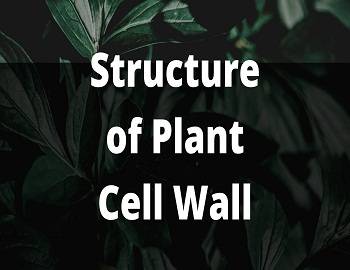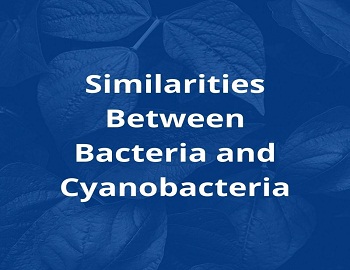Structure of Plant Cell Wall:
A cell wall is a thick and rigid protective envelope outside the plasma membrane in the cells of plants, bacteria, fungi and algae. It is absent in animal cells. The thickness and composition of the cell wall vary. In bacteria and some fungi, the cell wall is composed of proteins and non-cellulosic carbohydrates. In fungi, most algae and all plant cells, the cell wall is formed of cellulose. A plant cell wall is formed of three layers- middle lamella, primary cell wall and secondary cell wall.
(1) The middle lamella is a thin, amorphous, intercellular cementing matrix present between adjacent cells. It is made up of pectates of calcium and magnesium.
(2) The primary cell wall is the layer present on the inner side of the middle lamella. It consists of a number of the loose network of cellulose microfibrils embedded in an amorphous gel matrix of hemicellulose and pectin. It consists of at least three layers of microfibrils in a gel matrix of hemicellulose.
- Cellulose microfibrils- The microfibrils are connected with the help of xyloglucan chains through hydrogen bonds. Thus, a complete and continuous lattice is formed that is embedded in a second network.
- Pectic polysaccharides- This constitutes a second network which is rich in galacturonic acid residue and forms cross-links based on calcium bridges and other ionic interactions.
- Structural proteins- This is the third interlocking network that consists of structural proteins interweaving the other two domains of the network and forming a wart and weft structure.
(3) The secondary cell wall lies on the inner side of the primary cell in the matured cells. It is made up of cellulose fibrils in parallel rows at an angle with the other fibre bundles. In some cases, the secondary wall is impregnated with lignin, hemicellulose, and pectin.
The secondary cell wall bears unthickened areas called pits. They occur in pairs on the walls of two adjacent cells. Plasmodesmatal cytoplasmic bridges occur between adjacent cells in the form of minute pores of their walls. These are fine cytoplasmic canals that are lined by a plasma membrane and often have ER tubules called desmotubule. These establish continuity of protoplasm between the adjoining cells and in such conditions is often called symplasm. In contrast to this, intercellular space containing non-living water matter constituents is called apoplasm.
The tertiary wall is the innermost layer. It is rarely present and is relatively thin and lacks cellulose microfibrils. It is made up of xylan.









Comments (No)